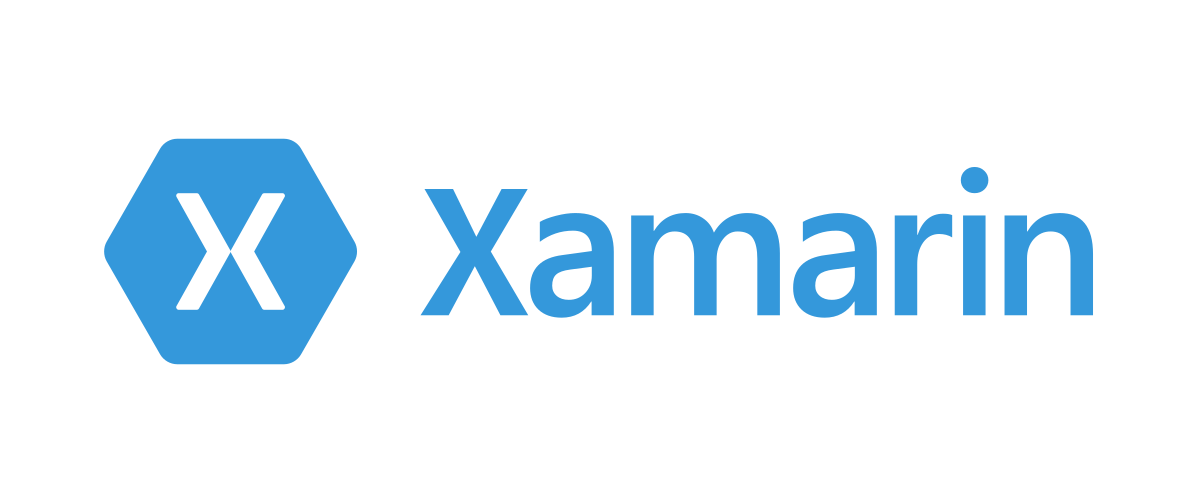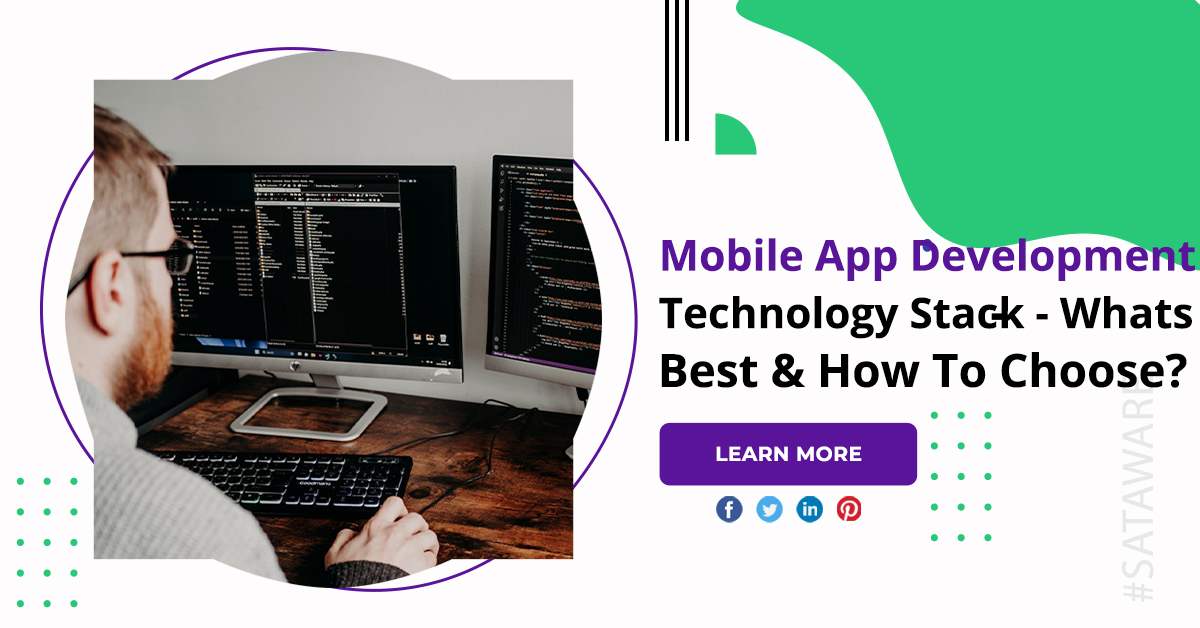Mobile App Development Technology Stack – What’s Best & How To Choose?
Choosing the right App Development Technology Stack is crucial for building a successful mobile application. The right stack ensures scalability, security, and a smooth user experience. But with numerous options available, how do you determine the best one for your app?
App development technology stack
- Frontend development (Client-Side) – The interface users interact with.
- Backend development (Server-Side) – Handles data processing, business logic, and database interactions.
- Development platforms – Tools and environments for building the app.
- Additional technologies – APIs, cloud services, security protocols, and more.
Popular technology stacks
Native app development

- Android :
- Language: Kotlin, Java.
- Frameworks: Jetpack, Android SDK.
- Development Tools: Android Studio, Firebase.

Cross-platform
- React native
- Language: JavaScript, TypeScript.
- Tools: Expo, Redux.
- Benefits: Faster development, near-native performance.

- Flutter
-
- Language: Dart.
- Tools: Flutter SDK, Firebase.
- Benefits: Single codebase, expressive UI, high performance.

- Xamarin
- Language: C#.
- Tools: .NET, Xamarin.Forms.
- Benefits: Native performance, strong Microsoft ecosystem support.

Hybrid app development
- Ionic
- Language: HTML, CSS, JavaScript.
- Tools: Angular, Capacitor, Cordova.
- Benefits: Easy development, web-to-mobile portability.

- Apache cordova
- Language: HTML, CSS, JavaScript.
- Tools: Node.js, WebView.
- Benefits: Lightweight, uses web technologies.

How to choose right development?
Project requirements
Define your app’s functionality, complexity, and target audience.

Performance needs
If you require high performance and native-like UX, go for native stacks.

Development time & cost
Cross-platform frameworks like React Native or Flutter save time and reduce costs.

Scalability
Choose a stack that allows future scalability as your app grows.

Security
Some industries, such as finance and healthcare, require robust security features.

Community support
A strong developer community ensures access to resources, libraries, and solutions.

Conclusion
Whether you opt for native, cross-platform, or hybrid development, your decision should align with your business goals, budget, and technical requirements. By evaluating performance, scalability, and security, you can make an informed choice that leads to a seamless and efficient mobile app experience.











